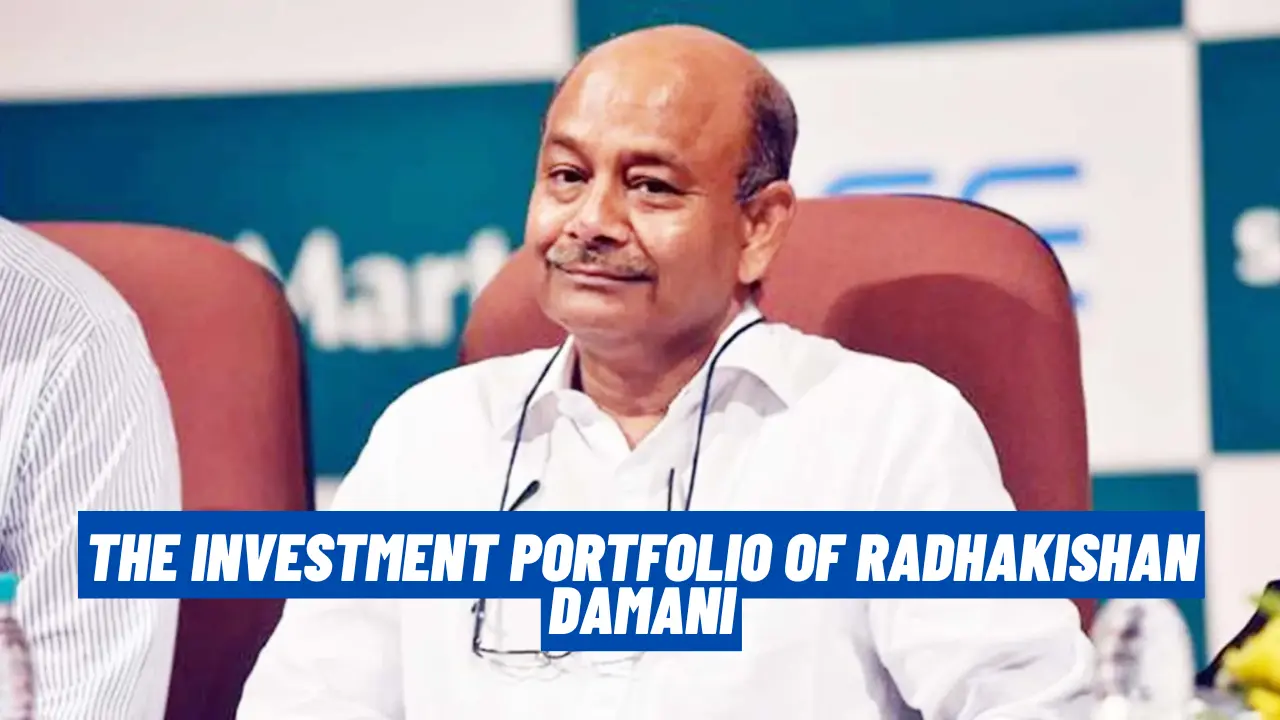Radhakishan Damani, often hailed as the “Retail King of India,” is the mastermind behind DMart, one of the most successful retail chains in the country. However, his prowess extends far beyond retail; Damani is also a revered stock market investor whose portfolio has consistently generated impressive returns. Let’s delve into the key holdings and investment strategies that define Radhakishan Damani’s portfolio.
1. Avenue Supermarts (DMart)
- Percentage of Portfolio: Largest holding
- Industry: Retail
- Insight: Avenue Supermarts is the crown jewel of Damani’s portfolio. Known for its cost-efficient business model and customer loyalty, DMart has seen exponential growth in revenue and profitability. Damani’s deep understanding of the retail market is reflected in his ability to scale this business while maintaining high margins.
2. VST Industries
- Percentage of Portfolio: Significant holding
- Industry: Tobacco
- Insight: VST Industries, a company in the tobacco sector, is another prominent investment. Despite the regulatory challenges in the tobacco industry, Damani’s stake in VST Industries highlights his belief in the company’s ability to generate consistent cash flows and dividends.
3. India Cements
- Percentage of Portfolio: Moderate holding
- Industry: Cement
- Insight: Damani has a significant investment in India Cements, a leading player in the cement industry. His interest in this sector suggests a strategic move to benefit from India’s growing infrastructure needs. Cement companies are known for their cyclical nature, and Damani’s investment reflects his confidence in long-term infrastructure development.
4. Blue Dart Express
- Percentage of Portfolio: Moderate holding
- Industry: Logistics
- Insight: As e-commerce and logistics become increasingly critical in India, Damani’s investment in Blue Dart Express, a leading logistics company, aligns with the broader trend of growing online retail and supply chain management. This investment is a strategic play on the booming e-commerce market in India.
5. Sundaram Finance
- Percentage of Portfolio: Moderate holding
- Industry: Financial Services
- Insight: Sundaram Finance, a well-established financial services company, is another key holding. Damani’s investment in this company highlights his preference for financially stable companies with a strong track record in managing credit and growing profits.
6. Trent Ltd.
- Percentage of Portfolio: Smaller holding
- Industry: Retail
- Insight: Trent Ltd., part of the Tata Group, operates in the retail space with brands like Westside. Damani’s interest in Trent Ltd. shows his continued confidence in the growth of organized retail in India.
7. United Breweries
- Percentage of Portfolio: Smaller holding
- Industry: Beverages
- Insight: United Breweries, a leader in the alcoholic beverages market, represents Damani’s interest in consumer staples. His stake in this company is a play on the resilience and steady demand within the beverages sector.
Investment Philosophy
Radhakishan Damani’s portfolio reflects a value-investing approach, with a strong focus on companies that have durable competitive advantages, consistent cash flows, and the potential for long-term growth. His investments are typically in industries that have steady demand, such as retail, tobacco, and financial services, and are often in companies that are leaders in their respective fields.
Damani is also known for his patience and long-term perspective. He doesn’t chase short-term gains but rather invests in businesses that he believes will create wealth over time. This approach has allowed him to build a portfolio that is not only resilient but also poised for steady growth in the years to come.







